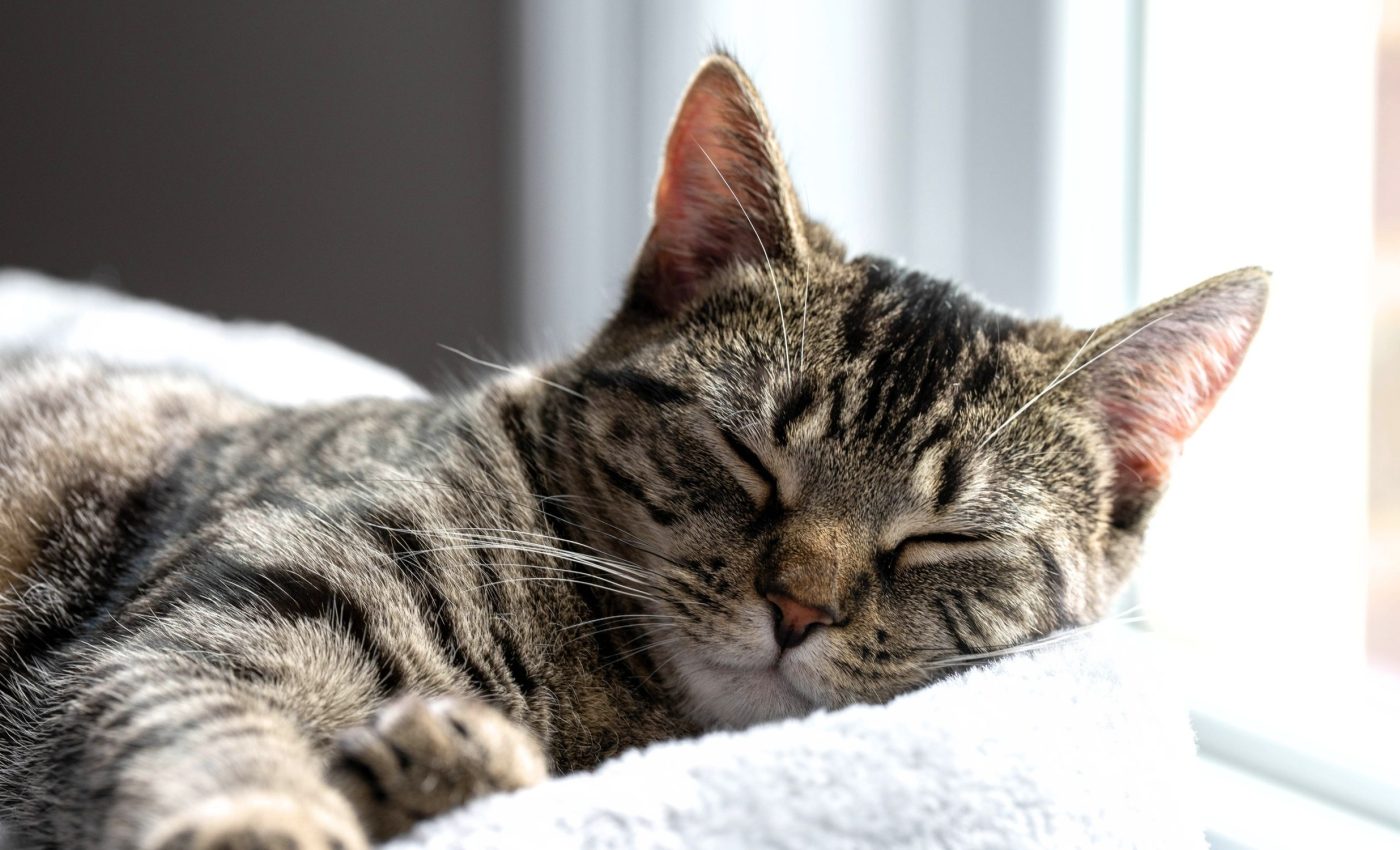
Cats clearly prefer sleeping on their left side, here's why
Anyone who has watched a cat sleep knows they do so with remarkable consistency. From curled tails to neatly tucked paws, their resting positions often seem almost ritual-like. But new research suggests the sleeping positions of cats are not just habits.
A global research team has found that most cats prefer to sleep on their left side. By analyzing 408 YouTube videos, the researchers confirmed a significant bias toward this sleeping position.
About 65% of the cats were seen resting with their left shoulder down, while only 35% chose the right side. “Sleeping on the left side can therefore be a survival strategy,” noted the researchers.
Cats sleep left to react faster
When a cat sleeps on its left, it wakes up using its left visual field. This field is processed in the brain’s right hemisphere, which handles spatial awareness, fear response, and fast movement coordination.
“Asymmetries in behavior can have advantages because both hemispheres of the brain specialize in different tasks,” explained study co-author Onur Güntürkün.
Left-side sleeping allows cats to respond faster to threats from below or from the left. This sleep posture aligns with cats’ tendency to rest in high places.
Elevated locations limit predator access and provide better visibility. Combined with leftward sleeping, this may give cats a stronger edge when suddenly waking.
A strong left-side bias
The team examined only clear, unaltered videos showing single cats lying fully visible on one side for at least 10 seconds. Videos that were mirrored, low-resolution, or cropped were excluded.
The results were statistically significant (χ² = 37.7, df = 1, p < 0.001), showing a clear left-side preference.
This bias may not be random. It fits well with patterns seen in many species, where the right brain hemisphere plays a major role in detecting danger.
Animals generally react faster to threats coming from their left side, suggesting an adaptive benefit to this positioning.
The right brain helps detect danger
“By specializing on one limb or one side of its sensory system, the contralateral hemisphere goes through life-long cycles of motor and perceptual learning,” wrote the study authors.
This helps speed up brain processing, cut down reaction times, and enhance accuracy. Sleeping with the left shoulder down lets the brain’s stronger threat-response side engage instantly when the cat awakens.
The right amygdala, which helps process fear, is more active in the right side of the brain. Since the right side also handles things like noticing space and spotting danger, this supports the idea that sleeping on one side may be linked to fear.
Other causes for cat sleep bias
Could other factors influence sleep position? Maybe, but they are unlikely to change the overall pattern. For instance, pregnant cows lie on their left with moderate frequency. However, pregnancy rates alone cannot explain the strong leftward bias in this cat sample.
Another possible explanation is “pawedness,” preference for using one paw over the other. Around 78% of cats show some degree of paw preference. But left- and right-pawed cats occur in equal numbers. So paw dominance does not match the 65% left-sleeping pattern seen here.
Still, researchers caution that more studies are needed. The team had no access to sex or pregnancy data for the cats in the videos. But the strong population-level trend remains clear.
Cats sleep habits reveal brain evolution
This finding adds to the growing evidence that cats, like many animals, use subtle behavioral traits to stay safe. It also supports broader patterns of brain lateralization seen across mammals and birds.
The researchers believe these insights can help researchers understand how such asymmetries emerge.
“Although this finding is subject to debate, it could provide an excellent opportunity to study the emergence of asymmetries at the population level,” they wrote.
For pet owners and scientists alike, this sleepy behavior may offer surprising clues about how brains and bodies work together to enhance survival and adaptation.
The study was led by researchers from the University of Bari Aldo Moro, Ruhr University Bochum, Medical School Hamburg, and other international partners.
The study is published in the journal Current Biology.
—–
Like what you read? Subscribe to our newsletter for engaging articles, exclusive content, and the latest updates.
Check us out on EarthSnap, a free app brought to you by Eric Ralls and Earth.com.
—–













